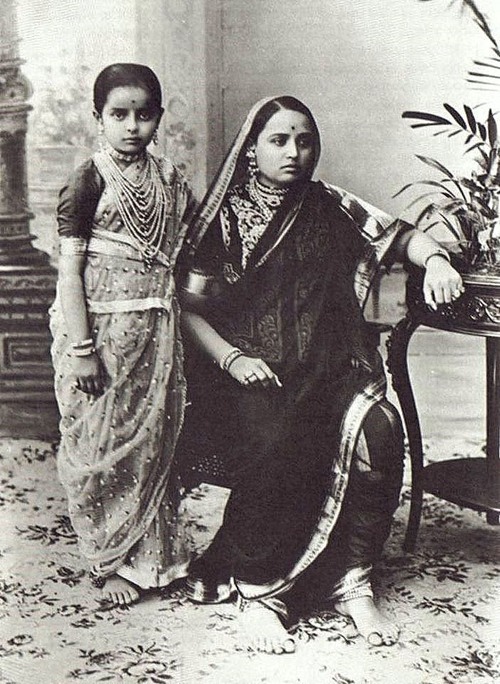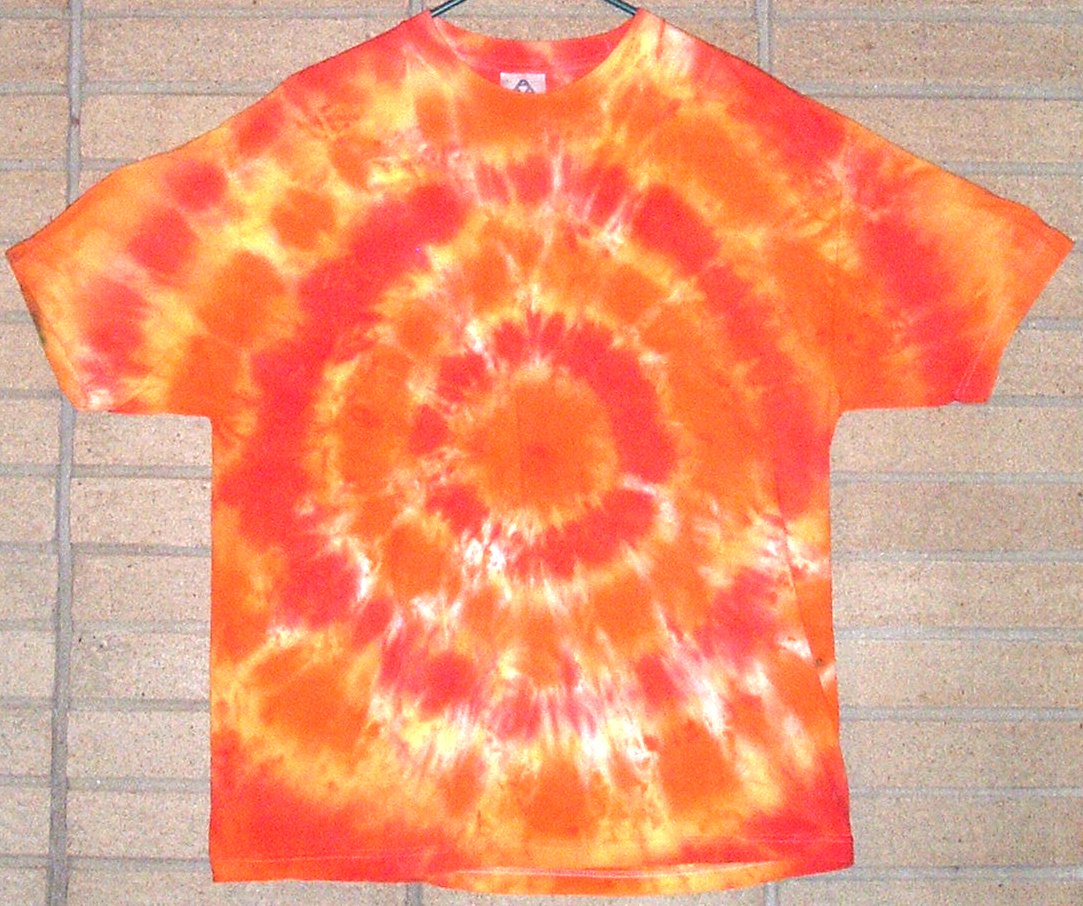|
Leheriya
Leheriya is a traditional style of textile tie dye from Rajasthan, India. Its designs are inspired by the natural wave(leher) patterns formed by the wind blowing across the desert sands of western Rajasthan. The craft is exclusive to Rajasthan, with its main centres being the cities of Jaipur and Jodhpur. Etymology The word "leheriya" is derived from the Sanskrit word “lahara,” meaning “wave.” Technique Leheria dyeing is done on thin cotton or silk cloth, usually in lengths appropriate for dupatta, turbans or saris. According to ''World Textiles: A Visual Guide to Traditional Techniques'', the fabric is "rolled diagonally from one corner to the opposite selvedge, and then tied at the required intervals and dyed". Wave patterns result from fanlike folds made before dyeing.Gillow and Sentance, p. 126. Traditional leheria employs natural dyes and multiple washes and uses indigo or alizarin during the final stage of preparation.Mita Kapur, "Fabric Traditions", ''The Hi ... [...More Info...] [...Related Items...] OR: [Wikipedia] [Google] [Baidu] |
Sari
A sari (sometimes also saree or shari)The name of the garment in various regional languages include: * as, শাৰী, xārī, translit-std=ISO * bn, শাড়ি, śāṛi, translit-std=ISO * gu, સાડી, sāḍī, translit-std=ISO * hi, साड़ी, sāṛī, translit-std=ISO * kn, ಸೀರೆ, sīre, translit-std=ISO * knn, साडी, कापड, चीरे, sāḍī, kāpaḍ, cīrē, translit-std=ISO * ml, സാരി, sāri, translit-std=ISO * mr, साडी, sāḍī, translit-std=ISO * ne, सारी, sārī, translit-std=ISO * or, ଶାଢ଼ୀ, śāṛhī, translit-std=ISO * pa, ਸਾਰੀ, sārī, translit-std=ISO * ta, புடவை, puṭavai, translit-std=ISO * te, చీర, cīra, translit-std=ISO * ur, ساڑى, sāṛī, translit-std=ISO is a women's garment from the Indian subcontinent, that consists of an un-stitched stretch of woven fabric arranged over the body as a robe, with one end tied to the waist, wh ... [...More Info...] [...Related Items...] OR: [Wikipedia] [Google] [Baidu] |
Madurai Sungudi
Madurai Sungudi is a design from Madurai, in the Indian state of Tamil Nadu, which is an exclusive textile product traditionally produced using tie and dye (using natural dyes) method by the Saurashtrians, who migrated to Madurai under the patronage of King Thirumalai Naicker in the 17th century. The fabric's traditional popular use is as a saree; the fabric is now also used to make shirts, salwars, shawls, handbags, bed sheets and pillow cases. The product has been given protection under the GI registration act. In recent years, in view of tough competition from other textile fabrics, to meet the market demand this fabric, "sungudi" as it is commonly known, is made with modern designs and techniques of block printing, wax printing and screen printing. Geographical indication The Madurai Sungudi, produced in Madurai city, a cottage industry product, is given protection under the Geographical Indications of Goods (Registration & Protection) Act (GI Act) 1999 of the Governmen ... [...More Info...] [...Related Items...] OR: [Wikipedia] [Google] [Baidu] |
Lentil
The lentil (''Lens culinaris'' or ''Lens esculenta'') is an edible legume. It is an annual plant known for its lens-shaped seeds. It is about tall, and the seeds grow in pods, usually with two seeds in each. As a food crop, the largest producer is Canada, producing 45% of the world’s total lentils. In cuisines of the Indian subcontinent, where lentils are a staple, split lentils (often with their hulls removed) known as dal are often cooked into a thick curry/gravy that is usually eaten with rice or '' rotis''. Botanical description Name Many different names in different parts of the world are used for the crop lentil. The first use of the word ''lens'' to designate a specific genus was in the 16th century by the botanist Tournefort. The word "lens" for the lentil is of classical Roman/Latin origin: McGee points out that a prominent Roman family took the name " Lentulus", just as the family name " Cicero" was derived from the chickpea, ''Cicer arietinum'', o ... [...More Info...] [...Related Items...] OR: [Wikipedia] [Google] [Baidu] |
Indian Handicrafts
Indian or Indians may refer to: Peoples South Asia * Indian people, people of Indian nationality, or people who have an Indian ancestor ** Non-resident Indian, a citizen of India who has temporarily emigrated to another country * South Asian ethnic groups, referring to people of the Indian subcontinent, as well as the greater South Asia region prior to the 1947 partition of India * Anglo-Indians, people with mixed Indian and British ancestry, or people of British descent born or living in the Indian subcontinent * East Indians, a Christian community in India Europe * British Indians, British people of Indian origin The Americas * Indo-Canadians, Canadian people of Indian origin * Indian Americans, American people of Indian origin * Indigenous peoples of the Americas, the pre-Columbian inhabitants of the Americas and their descendants ** Plains Indians, the common name for the Native Americans who lived on the Great Plains of North America ** Native Americans in the Uni ... [...More Info...] [...Related Items...] OR: [Wikipedia] [Google] [Baidu] |
Rajasthani Arts
Rajasthani may refer to: * something of, from, or related to Rajasthan, a state of India * Rajasthani languages, a group of languages spoken there * Rajasthani people, the native inhabitants of the region * Rajasthani architecture * Rajasthani art * Rajasthani cuisine * Rajasthani literature, literature written in various genres starting from 1000 AD * Rajasthani music * Rajasthani painting Rajput painting, also called Rajasthan painting, evolved and flourished in the royal courts of Rajputana in northern India, mainly during the 17th century. Artists trained in the tradition of the Mughal miniature were dispersed from the imperia ... {{disambiguation Language and nationality disambiguation pages ... [...More Info...] [...Related Items...] OR: [Wikipedia] [Google] [Baidu] |
Textile Arts Of India
Textile is an umbrella term that includes various fiber-based materials, including fibers, yarns, filaments, threads, different fabric types, etc. At first, the word "textiles" only referred to woven fabrics. However, weaving is not the only manufacturing method, and many other methods were later developed to form textile structures based on their intended use. Knitting and non-woven are other popular types of fabric manufacturing. In the contemporary world, textiles satisfy the material needs for versatile applications, from simple daily clothing to bulletproof jackets, spacesuits, and doctor's gowns. Textiles are divided into two groups: Domestic purposes onsumer textilesand technical textiles. In consumer textiles, aesthetics and comfort are the most important factors, but in technical textiles, functional properties are the priority. Geotextiles, industrial textiles, medical textiles, and many other areas are examples of technical textiles, whereas clothing and ... [...More Info...] [...Related Items...] OR: [Wikipedia] [Google] [Baidu] |
Painted Fabrics
Paint is any pigmented liquid, liquefiable, or solid mastic composition that, after application to a substrate in a thin layer, converts to a solid film. It is most commonly used to protect, color, or provide texture. Paint can be made in many colors—and in many different types. Paint is typically stored, sold, and applied as a liquid, but most types dry into a solid. Most paints are either oil-based or water-based and each has distinct characteristics. For one, it is illegal in most municipalities to discard oil-based paint down household drains or sewers. Clean-up solvents are also different for water-based paint than they are for oil-based paint. Water-based paints and oil-based paints will cure differently based on the outside ambient temperature of the object being painted (such as a house.) Usually, the object being painted must be over , although some manufacturers of external paints/primers claim they can be applied when temperatures are as low as . History Paint was o ... [...More Info...] [...Related Items...] OR: [Wikipedia] [Google] [Baidu] |
Tritik
Tritik stitching is a small running line of stitching that is gathered tightly. It is often used in African textiles and the designs are much bolder than in most other forms of stitching. This type of stitching is mostly found in Africa. It also played an important role in tie-dye Tie-dye is a term used to describe a number of resist dyeing techniques and the resulting dyed products of these processes. The process of tie-dye typically consists of folding, twisting, pleating, or crumpling fabric or a garment, before binding ...ing. Sewing {{fashion-stub ... [...More Info...] [...Related Items...] OR: [Wikipedia] [Google] [Baidu] |
Tie-dye
Tie-dye is a term used to describe a number of resist dyeing techniques and the resulting dyed products of these processes. The process of tie-dye typically consists of folding, twisting, pleating, or crumpling fabric or a garment, before binding with string or rubber bands, followed by the application of dye or dyes. The manipulations of the fabric before the application of dye are called resists, as they partially or completely prevent ('resist') the applied dye from coloring the fabric. More sophisticated tie-dye may involve additional steps, including an initial application of dye before the resist, multiple sequential dyeing and resist steps, and the use of other types of resists (stitching, stencils) and discharge. Unlike regular resist-dyeing techniques, modern tie-dye is characterized by the use of bright, saturated primary colors and bold patterns. These patterns, including the spiral, mandala, and peace sign, and the use of multiple bold colors, have become clichéd sinc ... [...More Info...] [...Related Items...] OR: [Wikipedia] [Google] [Baidu] |
Shibori
is a Japanese manual tie-dyeing technique, which produces a number of different patterns on fabric. History Some discussion exists as to the origin of as a technique within Japan, and indeed, the exact country of origin of some of the earliest surviving examples. Much of the debate surrounds the technical capacities within Japan at the time to produce the variety of fabrics seen in some of the earliest examples. One of the earliest written descriptions of dates to 238 CE, where it was recorded in the Chinese document ''Chronicles of the Clans of Wei'' () that Queen Himiko gifted the Emperor of the Wei dynasty over of "spotted cloth" – potentially describing a form of wax-resist decoration on the fabric. The earliest surviving examples of -dyed cloth date back to the mid-8th century, donated to the Tōdai-ji Buddhist temple in Nara The National Archives and Records Administration (NARA) is an " independent federal agency of the United States government within t ... [...More Info...] [...Related Items...] OR: [Wikipedia] [Google] [Baidu] |
Bandhani
Bandhani ( hi, बांधणी, gu, બાંધણી) is a type of tie-dye textile decorated by plucking the cloth with the fingernails into many tiny bindings that form a figurative design. The term ''bandhani'' is derived from the Sanskrit verbal root ''bandh'' ("to bind, to tie"). Today, most Bandhani making centers are situated in Gujarat, Rajasthan, Sindh, Punjab region and in Tamil Nadu where it is known as ''Sungudi''. It is known as ''chunri'' in Pakistan. Earliest evidence of Bandhani dates back to Indus Valley civilization where dyeing was done as early as 4000 B.C. The earliest example of the most pervasive type of ''Bandhani dots'' can be seen in the 6th century paintings depicting the life of Buddha found on the wall of Cave 1 at Ajanta. Bandhani is also known as Bandhej Saree, Bandhni, Piliya, and Chungidi in Tamil and regional dialects. Other tying techniques include Mothra, Ekdali and Shikari depending on the manner in which the cloth is tied. The final p ... [...More Info...] [...Related Items...] OR: [Wikipedia] [Google] [Baidu] |





